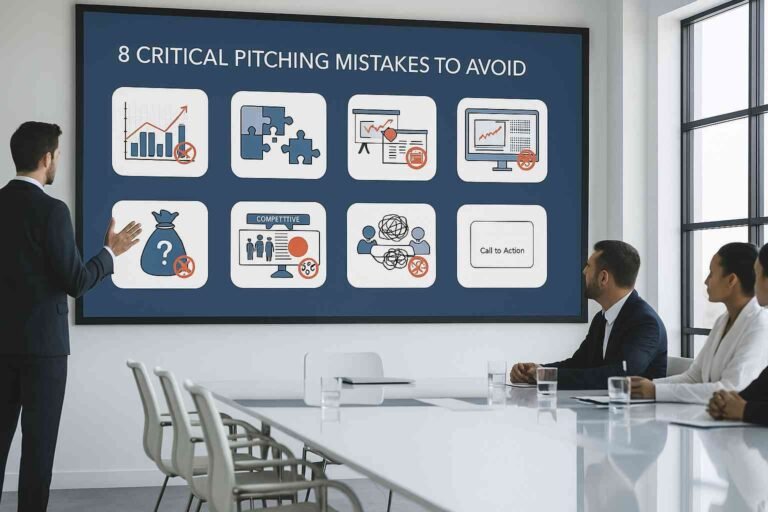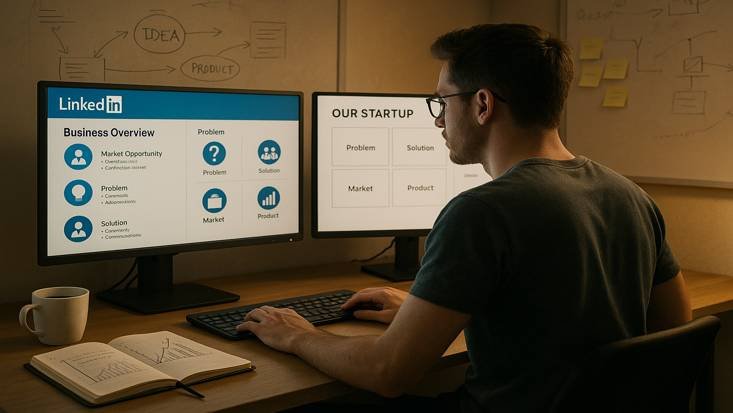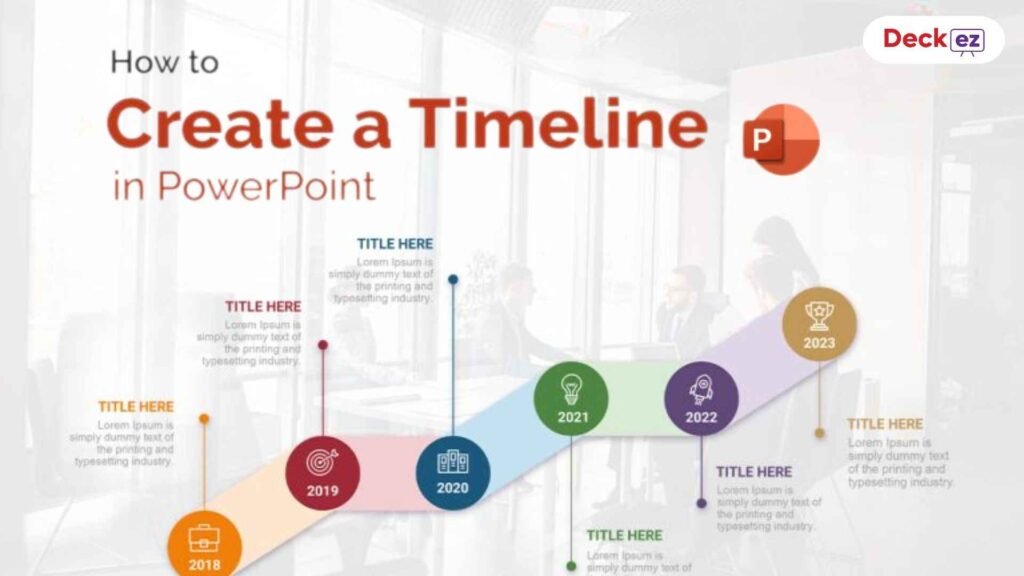Introduction
Whether you’re running a looping kiosk presentation, creating a self-playing slideshow for an event, or automating transitions for a webinar, setting PowerPoint slides to change automatically can save you time and elevate your delivery.
This guide walks you through:
- How to automate slide changes (Windows, Mac, and online)
- How to set timings for individual or all slides
- How to loop your presentation
- Common mistakes to avoid
- Real use cases (events, product displays, self-guided pitches)
How to Set Slides to Change Automatically (Windows)
Set timings for all slides:
- Open your PowerPoint file
- Go to the “Transitions” tab
- On the right, uncheck “On Mouse Click.”
- Check “After” and enter the time (e.g., 00:05 for 5 seconds)
- Click “Apply to All”
Now, all your slides will advance every 5 seconds automatically.
Set timings for individual slides:
- Select a specific slide
- Follow the same steps above
- Use different durations for each slide if needed
- Repeat for each slide manually
This is great for timing critical content, such as demos or image transitions.
Setting Slide Timing on Mac
- Open your file
- Click Transitions in the top menu
- Set the “Advance Slide” timing
- Click Apply to All or edit each slide manually
Tip: Use the Rehearse Timings feature (under Slide Show) to practice and record how long you spend per slide.
How to Set Slide Timing in PowerPoint Online
- Go to PowerPoint for Web
- Open your presentation
- Select a slide
- Go to Transitions tab > Advance Slide > After [X] seconds
Note: Not all animation/timing settings are supported in the web version. Test locally before live use.
How to Loop Your Slideshow
If you want your presentation to repeat endlessly (great for booths, lobbies, etc.):
- Go to Slide Show > Set Up Slide Show
- Under Show Options, check “Loop continuously until Esc”
- Combine this with auto-advance timings
- Save your file
How to Rehearse and Record Slide Timings
Option 1: Rehearse Timings
- Found under Slide Show > Rehearse Timings
- Practice your presentation — PowerPoint will record your timing per slide
- Save the timings and use them in auto-play
Option 2: Record Slide Show
- Go to Slide Show > Record Slide Show
- Adds both timings and narration
- Works well for self-guided courses, e-learning, and client walkthroughs
Use Cases for Automatic Slide Transitions
Kiosk or Trade Show Displays
No presenter needed — let the presentation loop and explain your offer visually.
Self-Running Product Demos
Pre-program a timed walkthrough for customers, clients, or sales reps.
Waiting Room Loops
Use auto-advancing slides to showcase testimonials, services, or offers.
Pre-Event Countdown or Intro Slides
Set a timer to welcome attendees before live sessions.
Investor Pitch Demos
Create a self-running pitch deck to send ahead of your meeting.
You can explore this format in our blog on interactive pitch decks.
Pro Tips for Smooth Auto-Slides
| Tip | Why It Helps |
|---|---|
| Keep animations short (≤ 1 sec) | Avoid lag or overlap |
| Use consistent timing | Feels polished and predictable |
| Include a visual countdown or “Next” | Helps guide viewer expectations |
| Avoid auto-advancing videos | Can cause sync issues |
| Save as .PPSX | Opens directly in slide show mode |
Common Mistakes to Avoid
- Forgetting to uncheck “On Mouse Click”
- Using too much text per slide for short durations
- Mixing manual and auto transitions inconsistently
- Not testing on the actual output device (projector/screen)
Exporting as a Self-Playing File
You can export your deck as:
- PowerPoint Show (.PPSX) — launches directly in slideshow mode
- Video File (MP4) — Slide Show > Export > Create a Video
- PDF — but loses animation/timing
Pro Tip: .PPSX format is ideal for events, autoplay kiosks, or email demos.
Related Use Case: Auto Slides in Investor Pitches
Let’s say you want to email a deck to an investor, and they don’t have time for a live call. A timed auto-slide deck with voice narration helps you control the pace and message.
Learn more about effective storytelling in this guide to investor slides
Final Thoughts
Automatic slide transitions in PowerPoint aren’t just a neat trick — they unlock smarter ways to present, sell, and engage.
Whether you’re running a booth, creating a product teaser, or sending an investor demo — learning how to automate your slides can give your work a professional, seamless edge.
Final Thoughts
Automatic slide transitions in PowerPoint aren’t just a neat trick — they unlock smarter ways to present, sell, and engage.
Whether you’re running a booth, creating a product teaser, or sending an investor demo — learning how to automate your slides can give your work a professional, seamless edge.
FAQs
1. Can I make only some slides auto-advance?
Yes. Set specific times for selected slides only. Others can remain manual.
2. Will animations still work if slides advance automatically?
Yes, animations work — just ensure the timing allows them to complete before the slide changes.
3. Can I use this for recorded webinars?
Absolutely. Combine auto-advancing slides with voice narration or screen recording for an engaging, self-contained video.
4. Is looping supported in exported videos?
Yes. But you’ll need to set the loop in the video player, not PowerPoint.
5. Can I pause a self-running slideshow?
Yes. Press Esc to exit, or use the arrow keys to manually advance/pause.
Need help designing a self-running pitch or product demo deck?
Browse our sample pitch presentations or explore our PowerPoint design services to get started.









